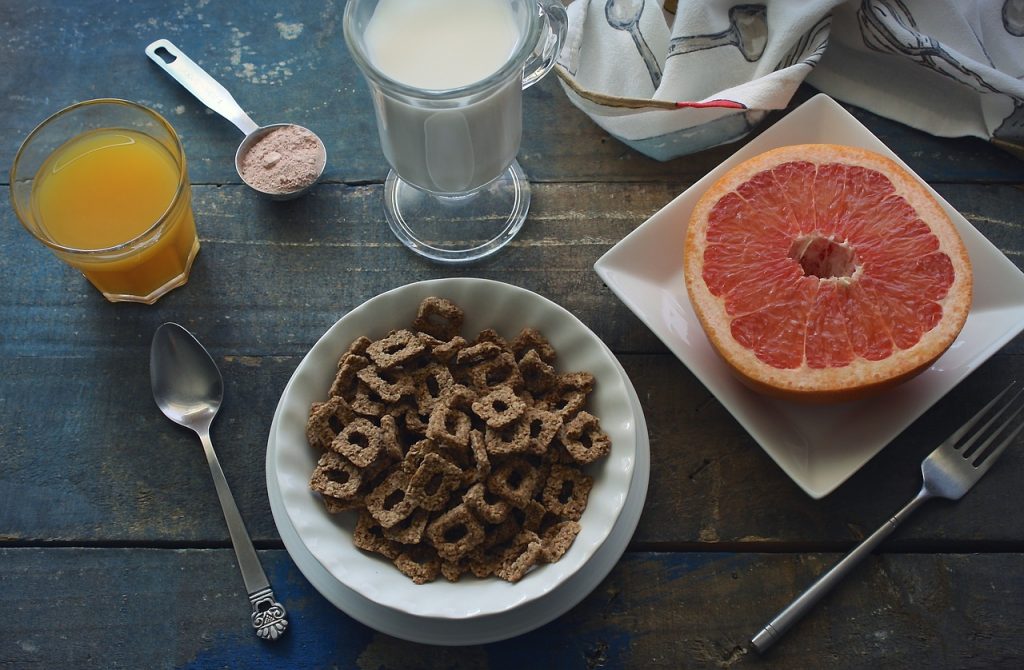I’m sure you all know fiber is something that should be in your diet. After all, we’ve all seen the commercials promoting fiber as a supplement on its own and in foods for digestive health. This why we sadly eat tasteless whole wheat bran muffins or eat that special yogurt!
The truth is that most of don’t eat enough fiber. The University of California, San Francisco, says you should get between 25 and 30 grams a day outside of supplements, as recommended in the American Heart Association’s eating plan (https://www.ucsfhealth.org/education/increasing-fiber-intake). But most adults only get about half of that each day, around 15 grams.
There are two types of fiber: insoluble and soluble. The soluble form is found in foods like beans, blackberries, cucumbers and nuts and dissolves into a gel texture, which slows down your digestion. This can make you feel full for longer, aiding weight control.
The insoluble form of fiber, present in foods like green beans, carrots, dark, leafy greens and celery, doesn’t dissolve but adds bulk to your stool, making the food move through your digestive tract more quickly for regular elimination.
Now that you know what fiber does for digestion, it’s time to learn more about what it could mean for your heart. More than one study has shown fiber could have a positive impact on heart health, including one that theorized that people who ate a high-fiber diet had about a 40 percent lower risk of developing heart disease than people on lower fiber diets.
One study, published in the Journal of the American Medical Association, found that higher fiber intake significantly reduced the chances of coronary heart disease in men (https://pubmed.ncbi.nlm.nih.gov/8627965/). Another study, published in the Stroke medical journal, discovered that a person’s risk of a stroke dropped by around 7 percent for every 7 grams of fiber they consumed on a daily basis (https://www.ahajournals.org/doi/full/10.1161/STROKEAHA.111.000151).
Adding natural fiber outside of supplements into your diet is pretty easy. Aim for some more fruits, nuts and vegetables than you’re consuming now on a regular basis. Trade out some of your current lunch staples, for example, to accommodate your new fiber-rich additions. Swap out your usual cake or pastry dessert for a favorite fruit sometimes. If you have some favorite meals you cook often, see what you can tweak to get some more veggies into your daily diet, too.




